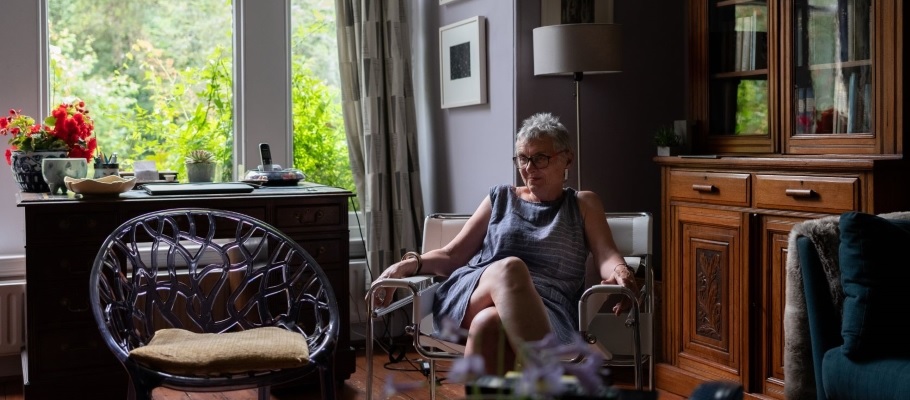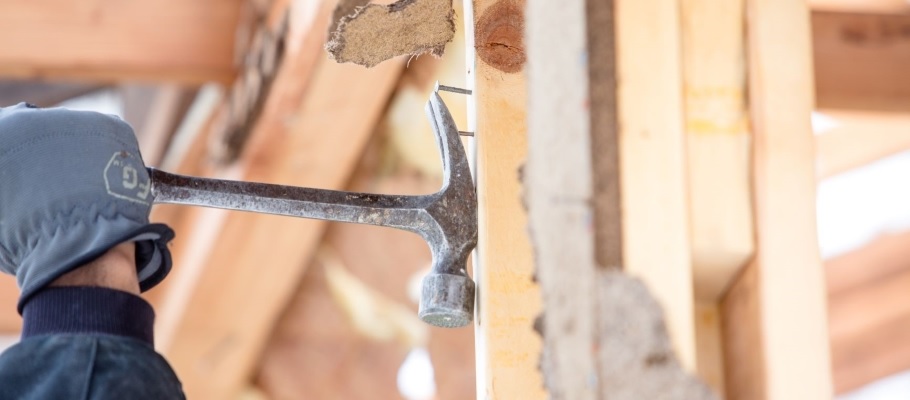
The benefit of using materials that have already been made
It’s no surprise that the building and construction sectors generate a lot of greenhouse gas emissions. But not everyone is aware of how those gasses are created. And we need that information if we’re going to take steps to reduce emissions.
The first thing that comes to mind for most people are the environmental consequences of operating the buildings – heating, cooling, and maintaining them, etc. Those activities require energy, and generating energy creates greenhouse gases. But here’s the second part of the equation: Making, transporting and installing new construction materials also generates greenhouse gases. Fortunately, there are steps we can take to reduce those emissions.
By utilizing used, or salvaged, building materials rather than sourcing new products, we can make a serious dent in the amount of greenhouse gas emissions generated by the construction and related industries. If the materials are in good shape, available and economical, it’s a great idea to use them.
There’s also a beneficial “ripple effect” from going with reclaimed/salvaged materials. Choosing them sends a message that those products are valuable. That spurs demand, and helps to change the way we deal with buildings that have to be torn down. Instead of just hauling the materials to a landfill or incinerator, sellers will make a greater effort to salvage usable materials. Plus, as demand for used materials rises, demand for new materials will soften, which means less greenhouse gas generation in the first place.
Something else to remember: Used materials can bring unique character and one-of-a-kind style to new construction – whether it’s a simple DIY project, a larger remodel, or an entirely new build.
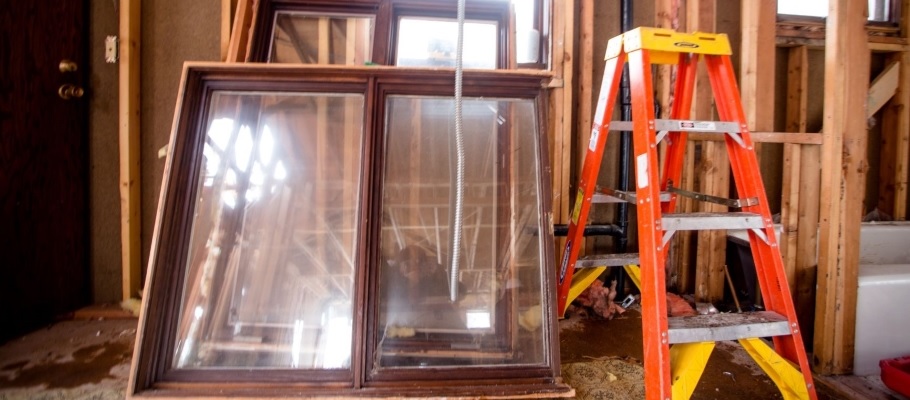
Incorporating salvaged and reclaimed building materials
Instead of heading to the big box retailer to buy new materials, consider shopping for salvaged and reused building materials to add unique touches to your project and to reduce your project’s environmental impact. Cabinets, flooring, sinks, light fixtures, and much more – including period-specific building materials – can be found at building material reuse stores across the Minneapolis metro area, including:
- Architectural Antiques
- Bauer Brothers Salvage
- Better Futures Minnesota
- Bicycle Glass
- City Salvage
- Guilded Salvage
- Habitat for Humanity ReStore
- Wood from the Hood
These businesses are also great to explore to find inspiration for your next project. Find a full list of salvage businesses at hennepin.us/salvage under the “salvage reusable building materials” tab.
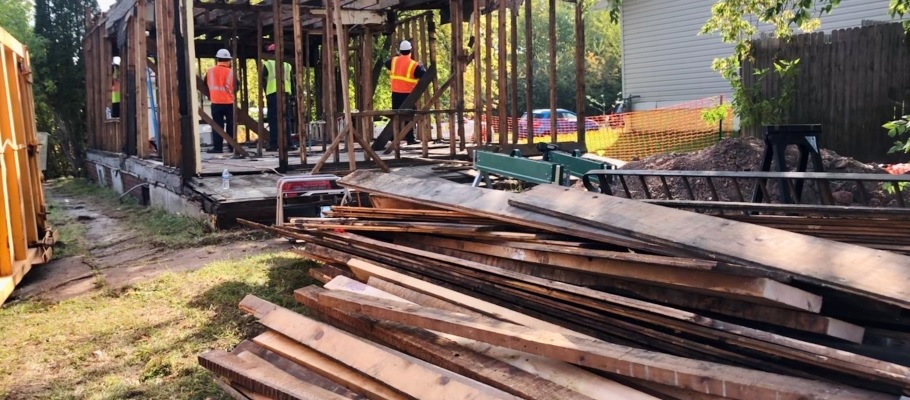
Plan ahead and work with your contractor
If you are working with a contractor or designer on your project, it is recommended to engage them early on in the planning stages to discuss how you would like to incorporate used building materials into project designs. Be sure to set clear goals, talk to contractors about how they manage waste, communicate throughout the project, and follow up.
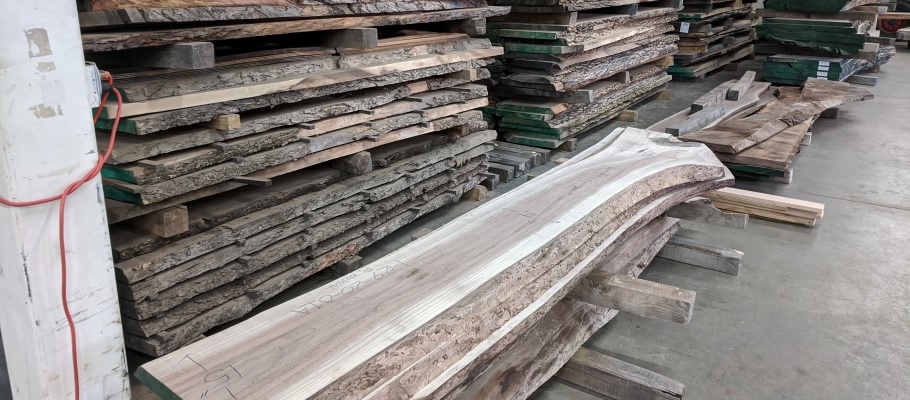
Save money with used building materials
Hennepin County used building material installation grants
To help offset additional time and costs associated with installing used building materials, Hennepin County has funding available for addition, remodel, renovation, and new construction projects that incorporate used building materials into project designs. Projects must meet grant eligibility and reuse criteria to quality for funding. Learn more about the grants at hennepin.us/deconstruction and the used building material installation flyer (PDF).
Architectural Antiques discount
Another option to save money with used building materials is to utilize Architectural Antiques’ 25%-off discount to commercial/residential interior designers, architects, and general contractors. Architectural Antiques is located in northeast Minneapolis and offers a variety of high-quality antique materials including light fixtures, built-ins, hardware, and more. To learn more about the discount, contact 612-332-8344 or sales@archantiques.com.
Online platforms
Online platforms such as Craigslist, Facebook Marketplace, or your neighborhood Buy Nothing group can be great resources for finding low-cost or even free materials for your project. You can search for a variety of materials for your project on these platforms, everything from wood planks to vintage vanities.
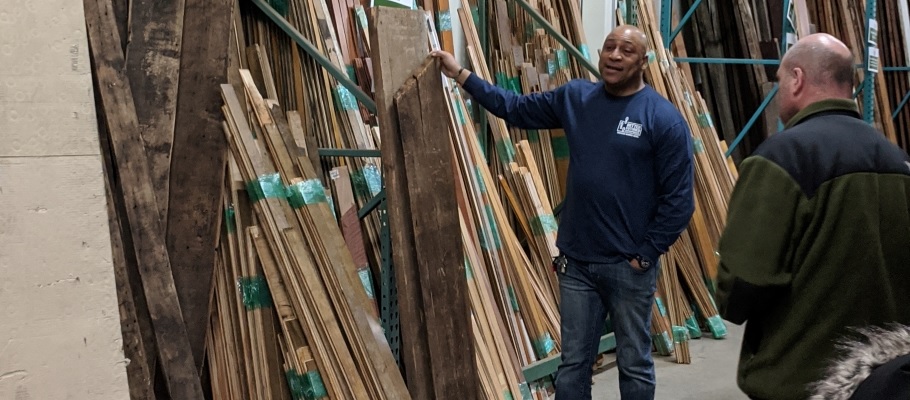
Take a class to learn more
If you want to learn more about working with used building materials or sharpen your project skills, sign up for a class with a community organization like Rethos: Places Reimagined or the MN Tool Library to learn from DIY experts.
- Rethos: Places Reimagined
- Repairing and restoring old windows
- Seasonal home maintenance tips
- MN Tool Library
- Understanding common power tools
- MPLS MAKE
- Coffee table making
- Welding basics
- Woodcraft of Minneapolis
- Introduction to woodshop
- Furniture refinishing and restoration
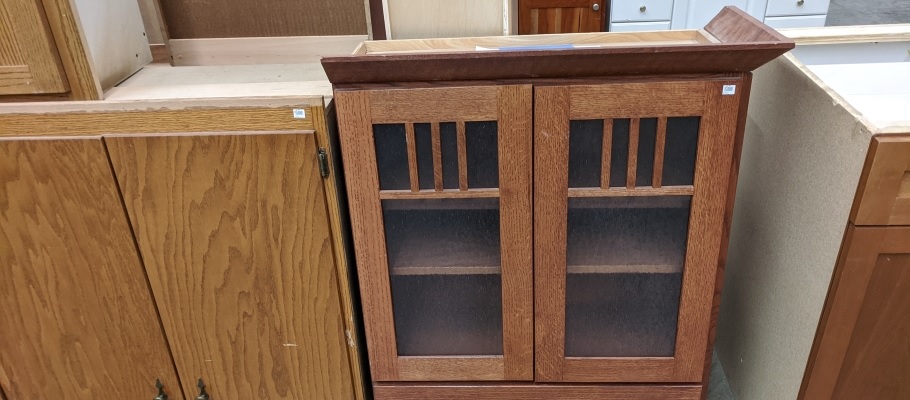
Looking for inspiration?
Habitat for Humanity’s Twin Cities ReStore recently hosted a Spring Upcycle Challenge where they invited DIYers to submit before and after photos of a project made from used building materials. View the 2022 Spring Upcycle Challenge entries and let the inspiration flow.
Get more tips using salvaged building materials and find lists of local businesses who reuse and recycle construction and demolition waste at hennepin.us/salvage.
